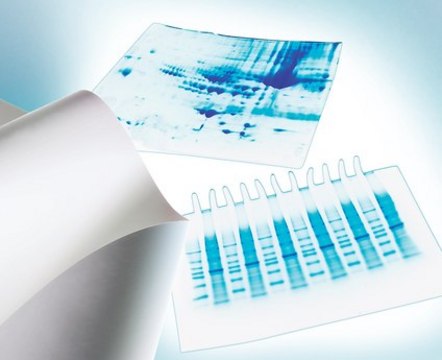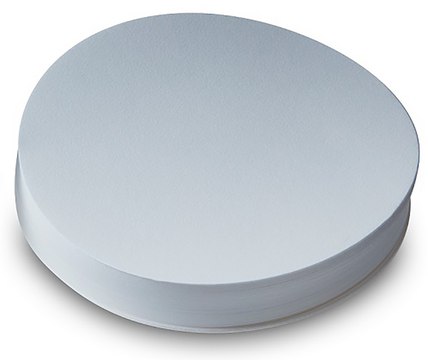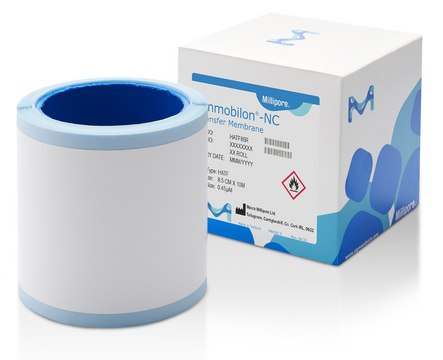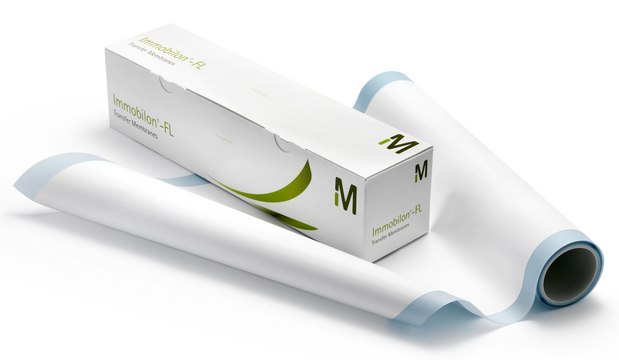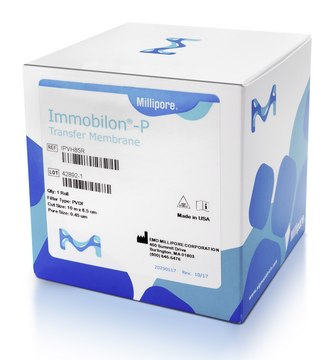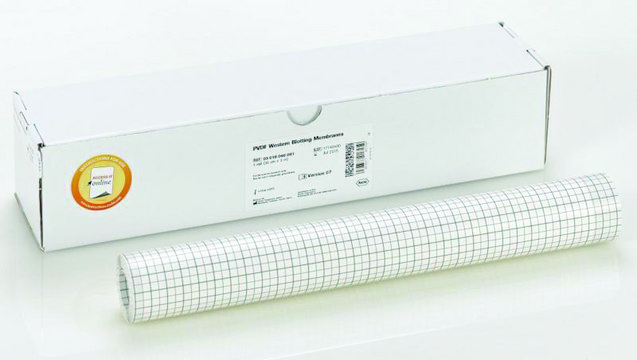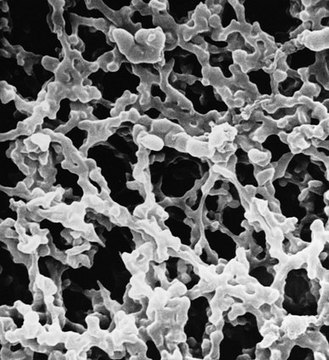Recommended Products
Looking for similar products? Visit Product Comparison Guide
General description
Nitrocellulose with a small amount of cellulose acetate for improved handling. Triton-free. For colony hybridization, plaque lifts, colony growth directly on membrane.
Legal Information
Immobilon is a registered trademark of Merck KGaA, Darmstadt, Germany
Signal Word
Danger
Hazard Statements
Precautionary Statements
Hazard Classifications
Flam. Sol. 1
Storage Class Code
4.1B - Flammable solid hazardous materials
WGK
WGK 3
Flash Point(F)
Not applicable
Flash Point(C)
Not applicable
Personal Protective Equipment
dust mask type N95 (US), Eyeshields, Gloves
Regulatory Information
新产品
Choose from one of the most recent versions:
Certificates of Analysis (COA)
Lot/Batch Number
Sorry, we don't have COAs for this product available online at this time.
If you need assistance, please contact Customer Support.
Already Own This Product?
Find documentation for the products that you have recently purchased in the Document Library.
Chao Zhang et al.
Cell cycle (Georgetown, Tex.), 14(13), 2100-2108 (2015-05-06)
Osteosarcoma is the most common primary malignant bone tumor and affects a significant portion of pediatric oncology patients. Although surgery and adjuvant chemotherapy confer significant survival benefits, many patients go on to develop metastatic disease, particularly to the lungs, secondary
Hsin-Chieh Lan et al.
Toxicological sciences : an official journal of the Society of Toxicology, 148(1), 26-34 (2015-07-26)
Certain commonly used compounds that interfere with the functions of the endocrine system are classified as endocrine-disrupting chemicals (EDCs). Bisphenol A (BPA) is an EDC that is widely used in food containers. BPA levels in human sera are commonly observed
Our team of scientists has experience in all areas of research including Life Science, Material Science, Chemical Synthesis, Chromatography, Analytical and many others.
Contact Technical Service